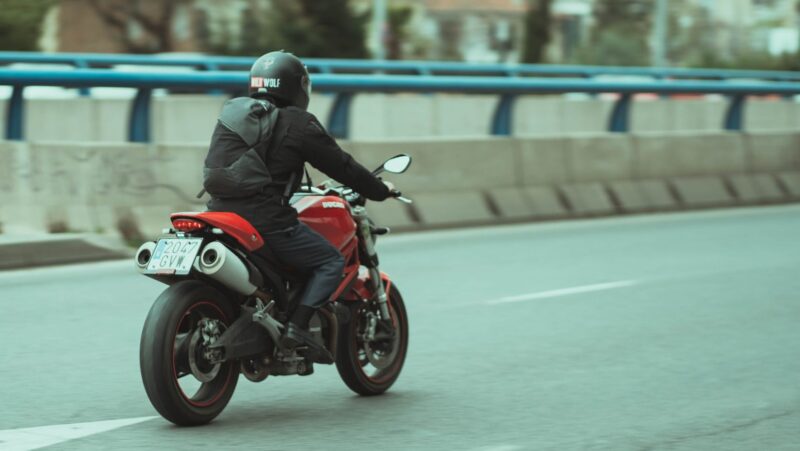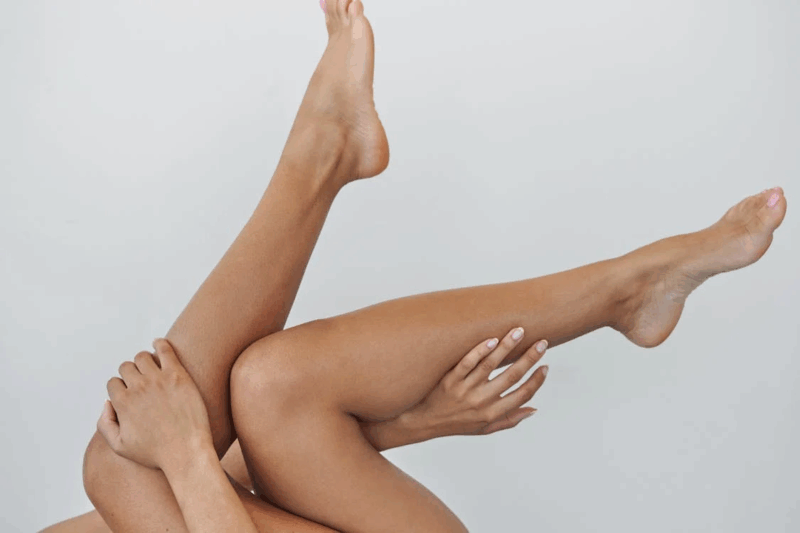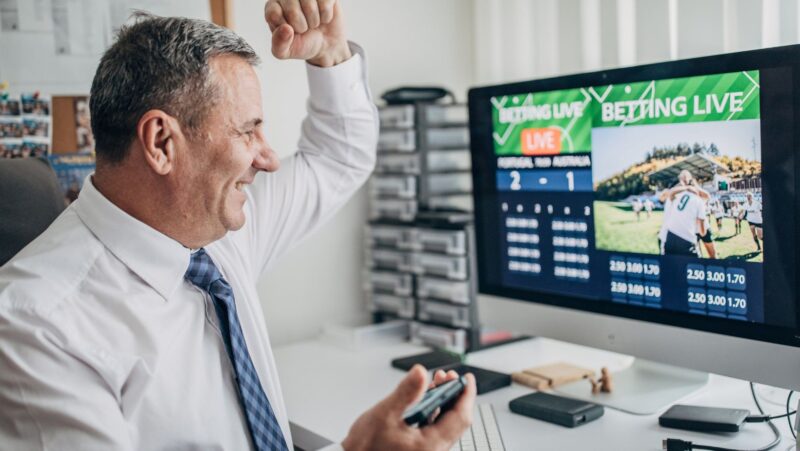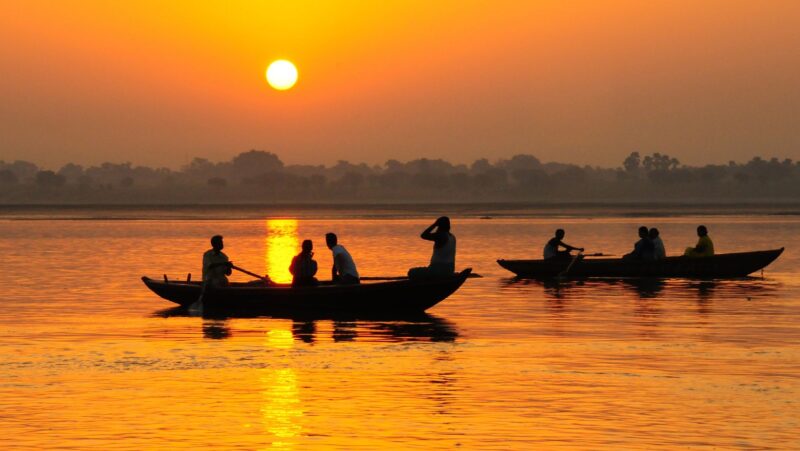
Horse racing and the advancement of video technology have always been closely connected.
For example, the video clip that is often regarded as the first surviving “motion picture” is a very brief collection of rapid-succession photographs of a mare named Sallie Gardner being ridden at a gallop.
This film, known as “The Horse In Motion,” was created by photographer Eadward Muybridge in order to determine whether there was a point in a horse’s gallop in which all four feet were in the air.
Since a horse’s strides at full gallop are too quick to discern with the naked eye, artists had been unable to accurately depict what a horse would look like while running. Muybridge’s work demonstrated that a horse in a gallop did indeed have all four feet in the air but not extended outward, as was the popular theory at the time.
Evolution Of Motion-Capture Technology
The evolution of motion-capture technology continued to play a major role in horse racing. In the distant past, close races were decided by a judge positioned at the finish line. Judges were often biased, mistaken, or simply unable to determine a winner when two horses were fighting for the finish. Photo finishes made the results of these races much more objective.
Because races are run so quickly, it was also possible in the past for jockeys to engage in fouls and interference and get away with it relatively easily. Photographs and video replay footage have helped to drastically undercut the amount of dangerous and unfair riding tactics at the track. In the 1933 Kentucky Derby, the jockeys aboard Brokers Tip and Head Play were famously caught fighting each other in the stretch, thanks to film strips and photographs. This photo became famous worldwide and is known as “The Fighting Finish.”

Time has marched on, and it seems that technology is evolving more and more quickly. Nowadays, if you bet on the Belmont Stakes, you can follow the horse you waged on from a beautiful drone shot above the track.
Drones are becoming exceedingly popular in all avenues of society, including sports. How can drone technology be used in horse racing? Let’s take a look.
What Are Drones Used For In Racing?
As with other types of video capture technology, drones are used in horse racing primarily to document the actions of the horses and jockeys during races. They can also be used to capture images of the racing surface in between races, which can be used to help with upkeep of the dirt or grass, or to get overhead views of the attending crowd.
The images from these drones can also be made public quickly and easily. They can be posted on social media, television, or livestream directly from the track. Because drones are able to move with relative speed and ease, they are able to capture moments during the races themselves that older, more stationary technology would not be able to create.
Potential Benefits And Concerns
The biggest concern that track owners, racing participants, and patrons have regarding drone usage in the United States is safety. There is always a risk of flying a machine over a crowd, even though there are safety regulations in place in public areas to prevent drone operators from flying too close to people. In the United States, drones must be flown no lower than 400 feet above a crowd of people.
This is a large part of the reason that drone technology in horse racing started to become more popular during the COVID-19 shutdowns: people were unable to attend the races in person, so the grandstands were empty. Drone technology broadcast via television and live stream afforded people the opportunity to feel as though they were as close- or closer- to the action as they would be if they were able to purchase a ticket to the track and attend in person. In this way, drone technology was able to boost racing revenue in an otherwise difficult era.

Flying drones becomes more of a risk, however, when you are following over not only large amounts of people but unpredictable animals traveling at high speeds with small people perched precipitously on their backs. As a result, some tracks have restricted the use of drones during races, particularly when two-year-olds (who are new to racing and thus more likely to get spooked or distracted) are running. However, drones are typically smaller and quieter than previously used technology, such as helicopters, and thus, they are less likely to bother horses.
Another concern is cost. Certainly, the best drones available are not cheap. However, the aforementioned helicopters and other heavy equipment used to capture race images can actually rack up more of a cost than a few good drones. Tracks must also weigh the cost of the drones against the potential for greater profits. If drones and the images they capture are more likely to attract and retain patrons and bettors, they are certainly a worthy investment.










